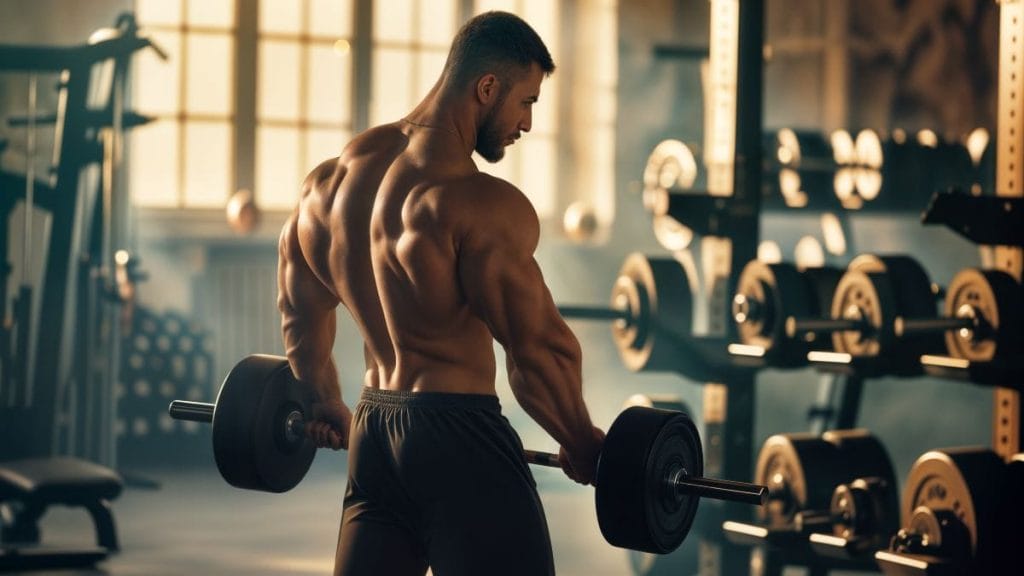Have you ever looked at the barbells and dumbbells in a gym and wondered what you could achieve with them?
If questions like “How do I use those?” or “Is that too heavy for me?” have crossed your mind, you’re not alone!
Machines in gyms often have instructions printed on them, which makes them more accessible. Barbells and dumbbells don’t, so some people will avoid them.
The good news is, these weights hold the key to amazing results, and we’re here to show you how easy it is to get started!
Dumbbells
Dumbbells come in all shapes and sizes. Some are rubber coated, and some are metal. They usually go up in weight in 5-lb. jumps, though you will sometimes see very light 1-lb. or 3-lb. dumbbells. On the other end, they can be well over 100 lb., though it’s much more common to see heavy dumbbells in the range of 60 or 70 lb. You can even find adjustable dumbbells these days.

Whatever they look like, dumbbells are almost always held in the hands. You might see someone carrying a dumbbell on the shoulders from time to time.
Many dumbbell exercises work the upper body. Here’s a short, non-exhaustive list (some exercise variations can involve benches to provide support):
- Overhead presses
- Chest presses
- Pull-overs
- Side, front and rear deltoid flys
- Shrugs
- Bent-over rows
- Biceps curls
- Triceps extensions
You can also use dumbbells to train the lower body. Here are just a few exercises you can perform while holding dumbbells:
- Squats
- Lunges
- Deadlifts
- Step-ups
- Snatches
- Cleans
If you take one thing from all this, remember that dumbbells allow you to do all kinds of strength-building exercises with different levels of resistance. You can even use them in conditioning workouts if you select the right loads and movements.
Barbells
Barbells come in many varieties, but we’ll note one key point: You can adjust the load on some barbells by adding plates of various sizes, while other barbells are locked to a fixed weight, such as 30 lb.
Fixed-weight barbells will often be found on large racks, and they’ll usually go up in increments of 5 or 10 lb.
Adjustable dumbbells have a sleeve on which you can slide different plates to create the exact load you want. The plates are held on by a “collar” so they don’t slide off. An empty barbell usually weighs 33 or 45 lb. (15 or 20 kg), though lighter variations exist. When loaded with plates, barbells can weight hundreds of pounds.

Similar to dumbbells, barbells can be used for all kinds of upper- and lower-body movements. In fact, almost any movement done with a dumbbell can be performed with a barbell. The difference is that you can often lift more with a barbell because you can apply all your force into one object instead of trying to control two objects.
Barbells play a starring role in Olympic weightlifting (the snatch and clean & jerk) and powerlifting competitions (the squat, bench press, and deadlift). With proper coaching, even beginners can safely learn these powerful exercises.
How to Use Barbells and Dumbbells
We love both types of fitness equipment, but we also understand that dumbbells and barbells can be slightly harder to use than fitness machines.
Don’t worry: We’ve taught hundreds of people how to use these implements to accomplish their fitness goals, and they’re always thrilled to learn new things that keep workouts fresh and exciting.
If you’re interested in learning more about how to use different pieces of fitness equipment, we can help! We offer classes and personal training, as well as personalized training plans that include movements you enjoy and equipment you have.
To learn more about lifting, book a free consultation here!

